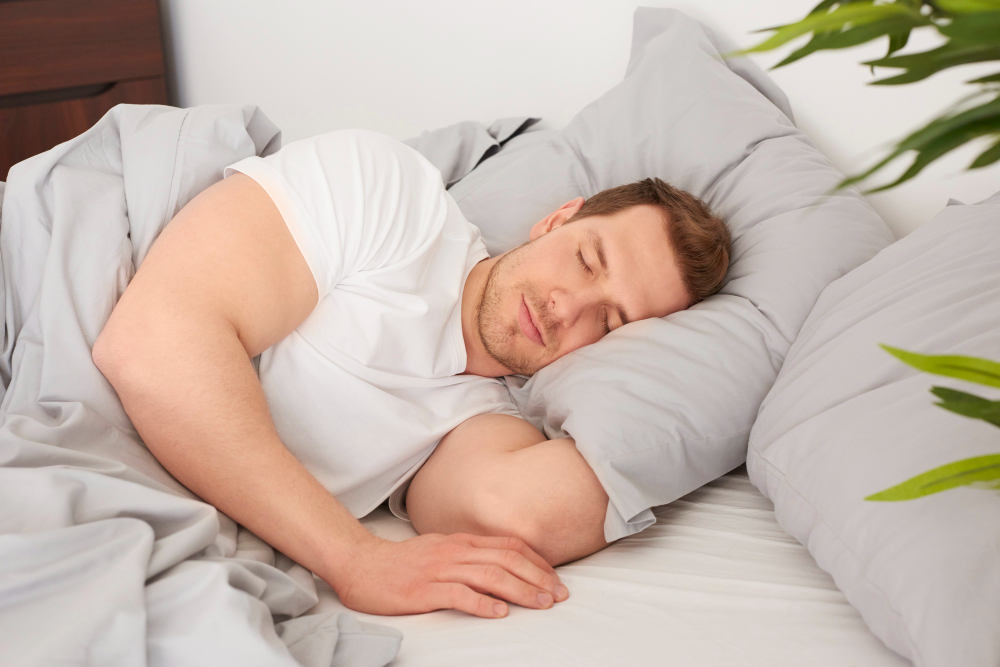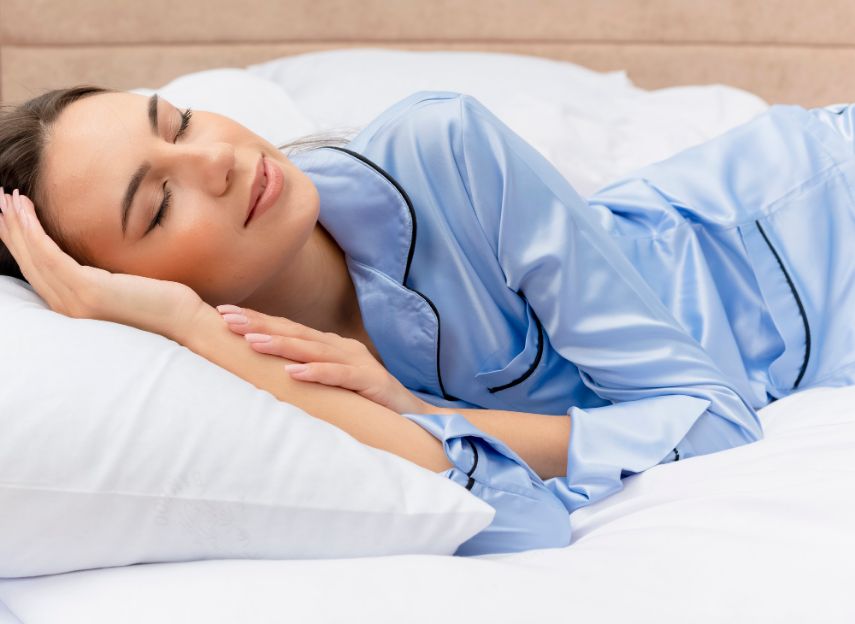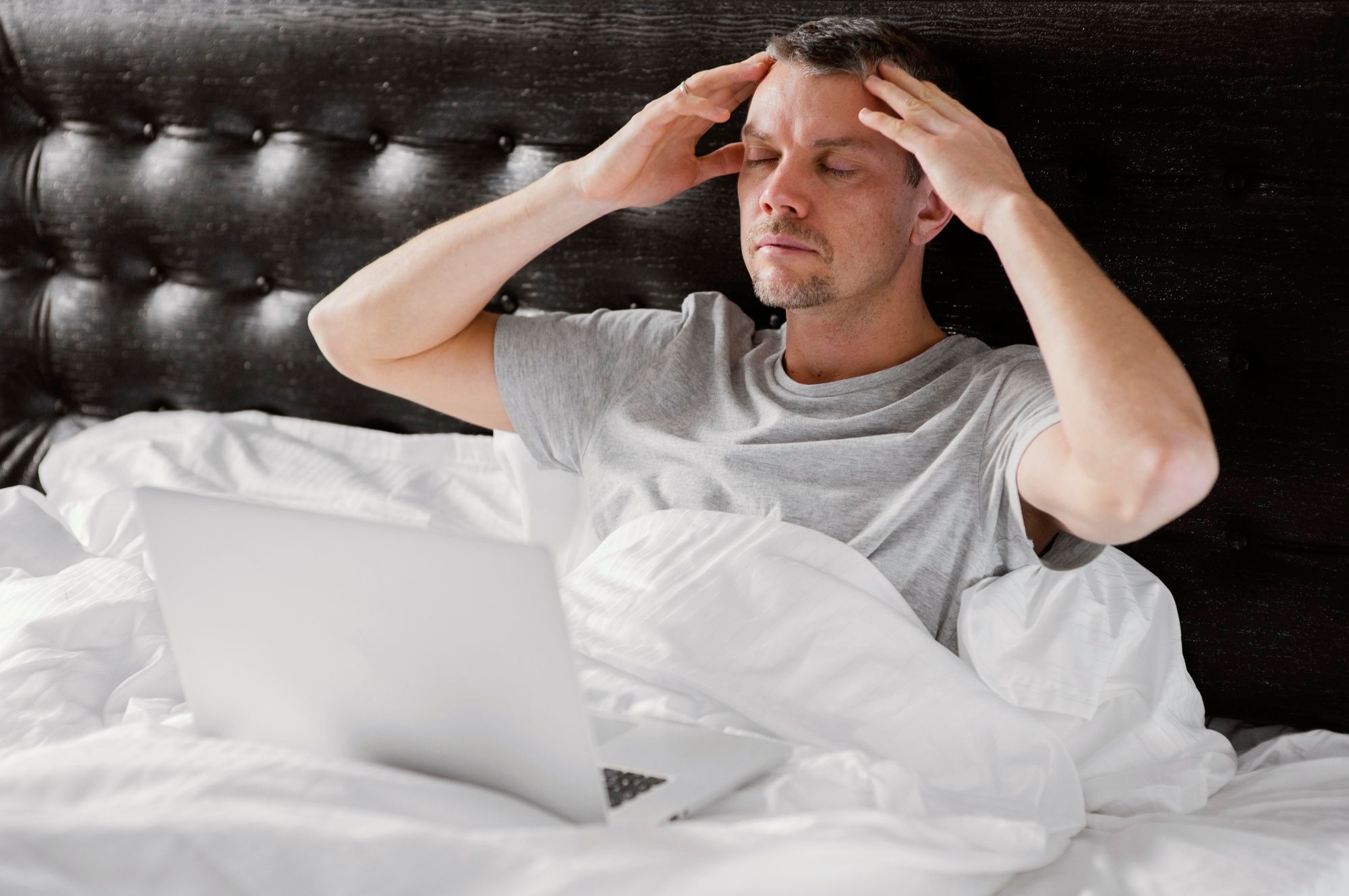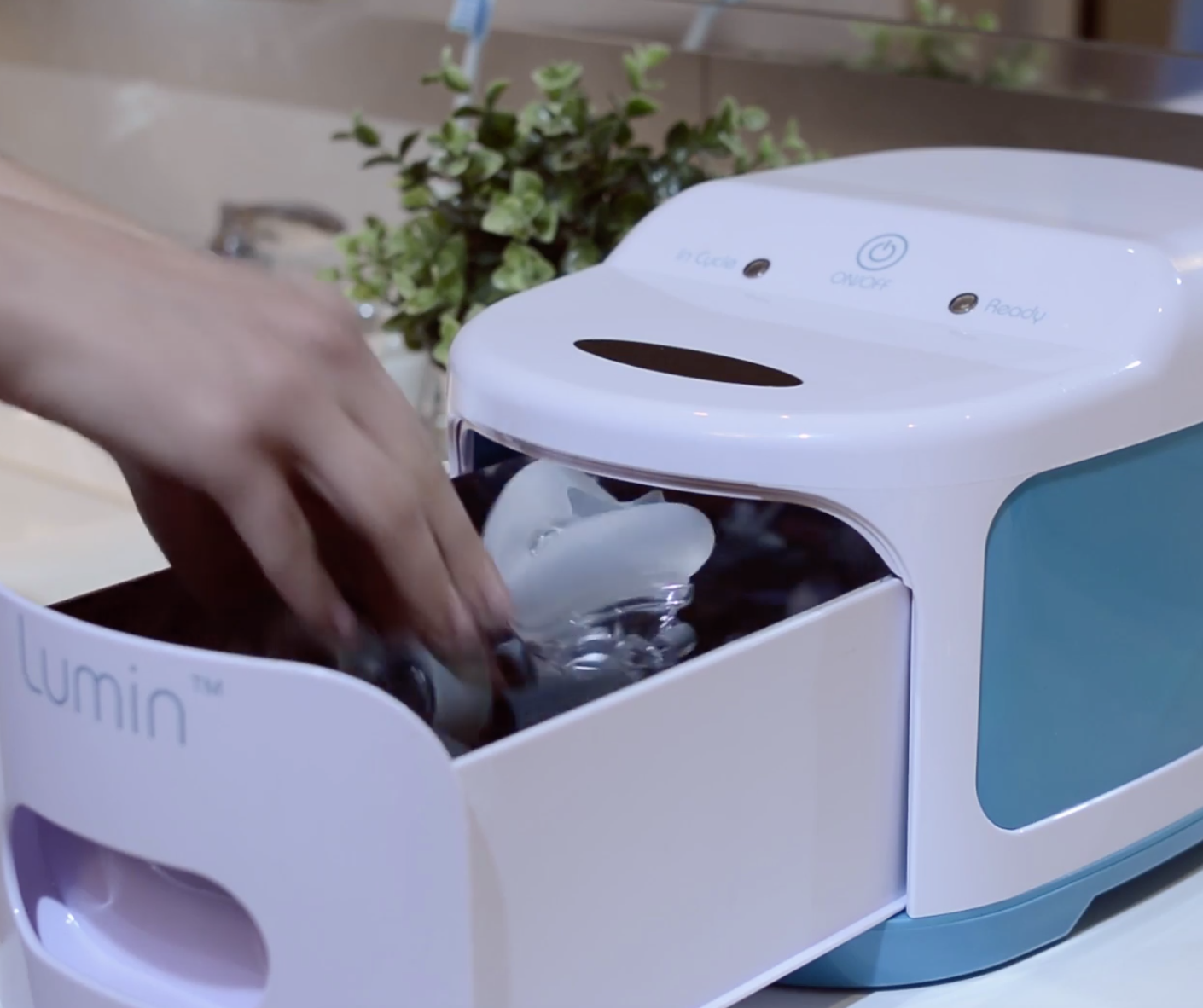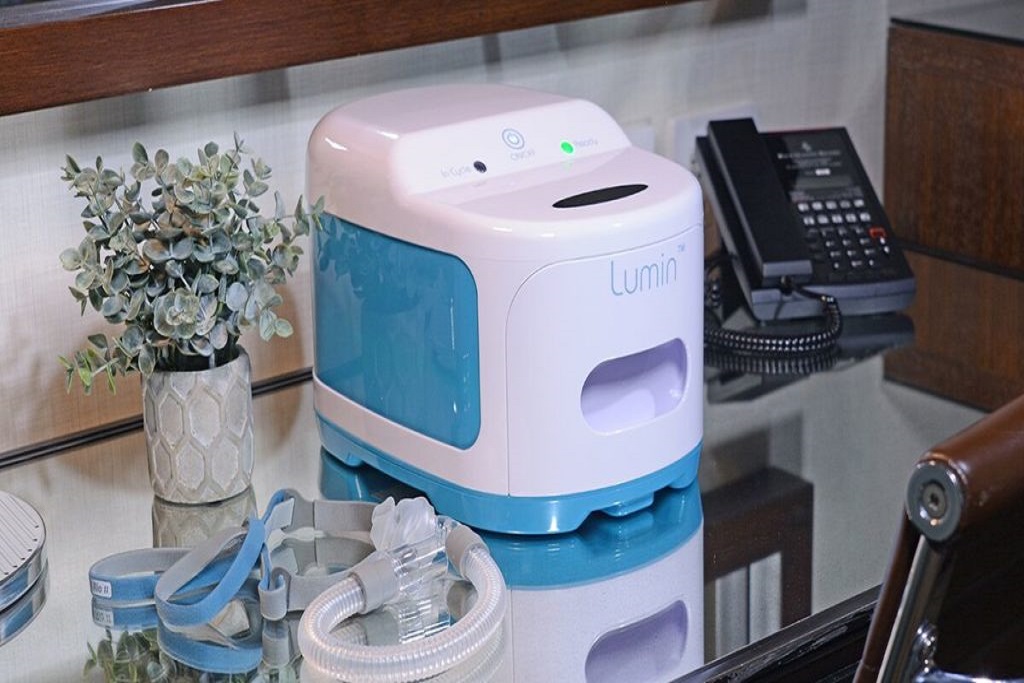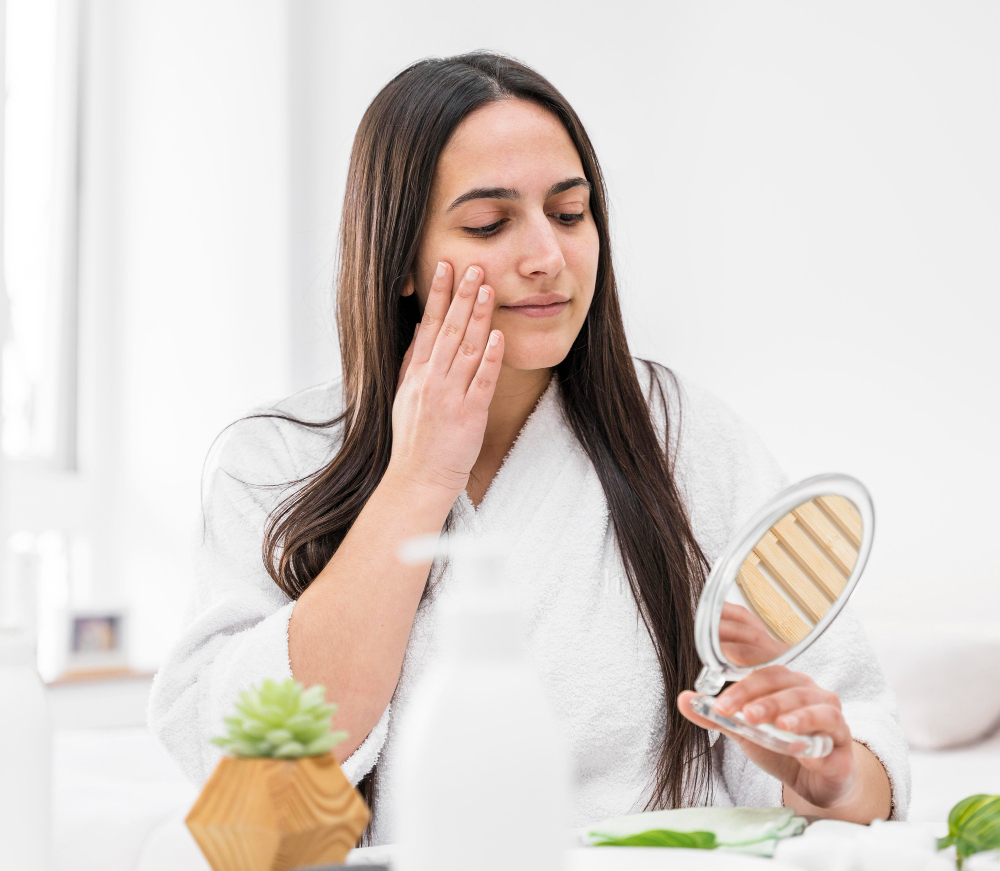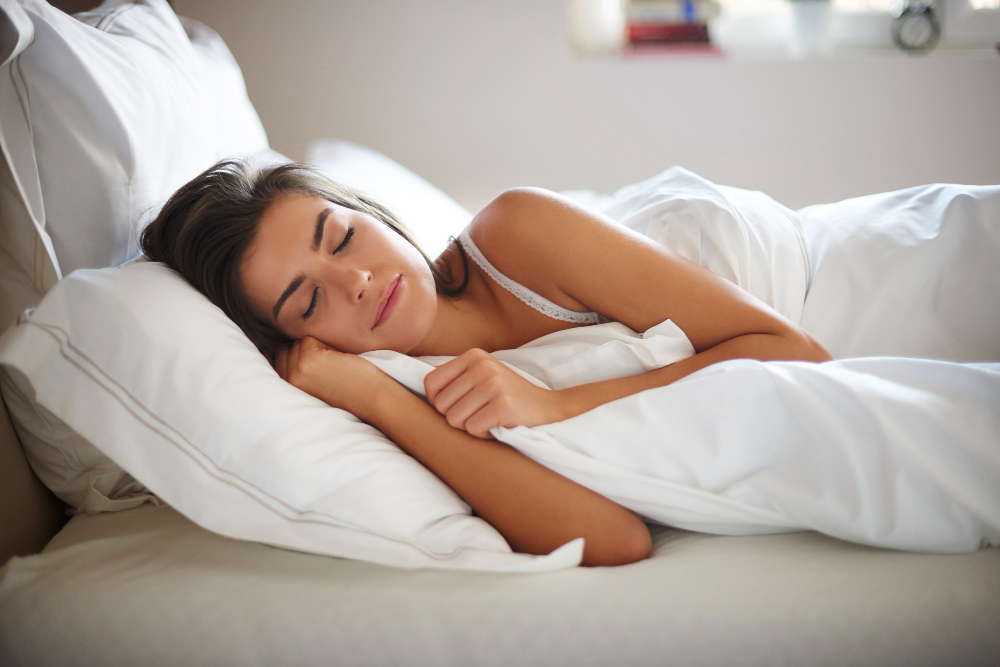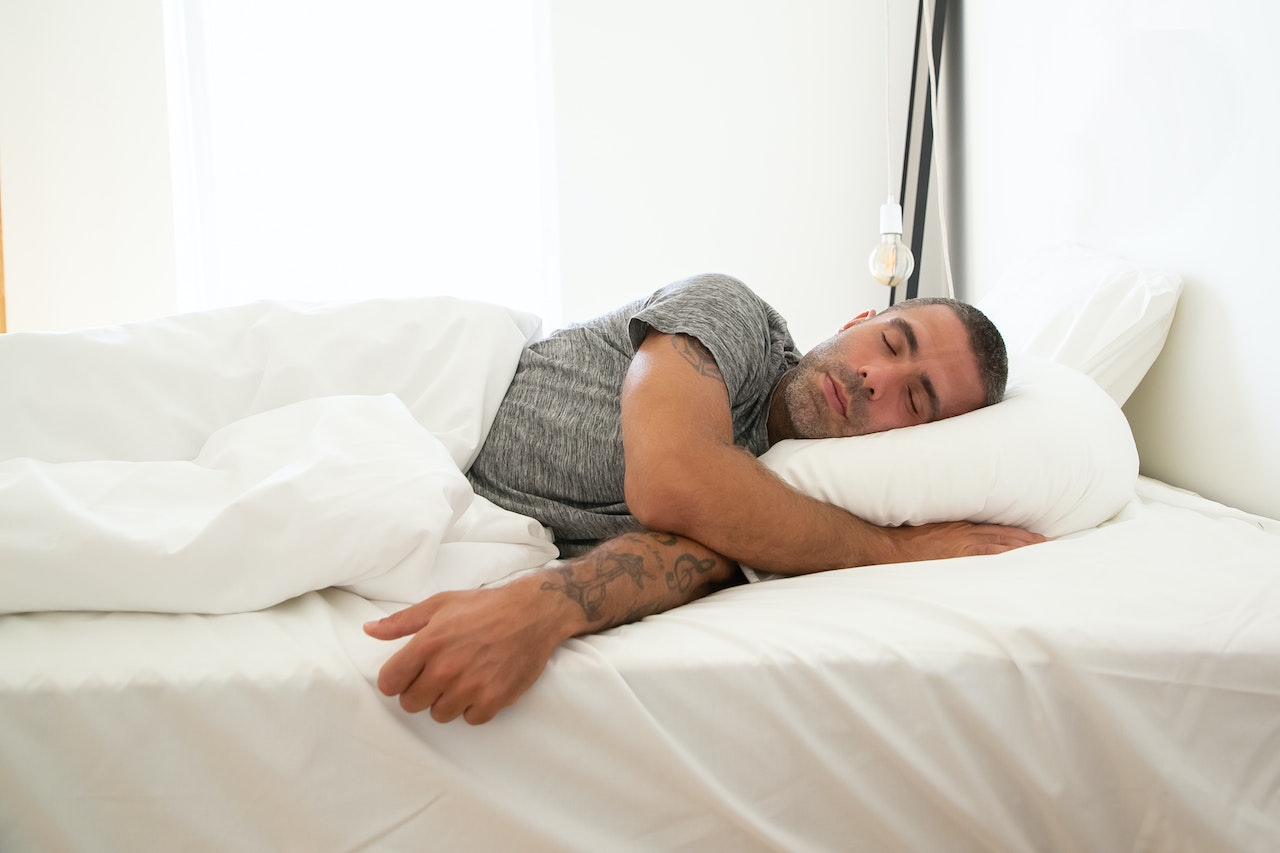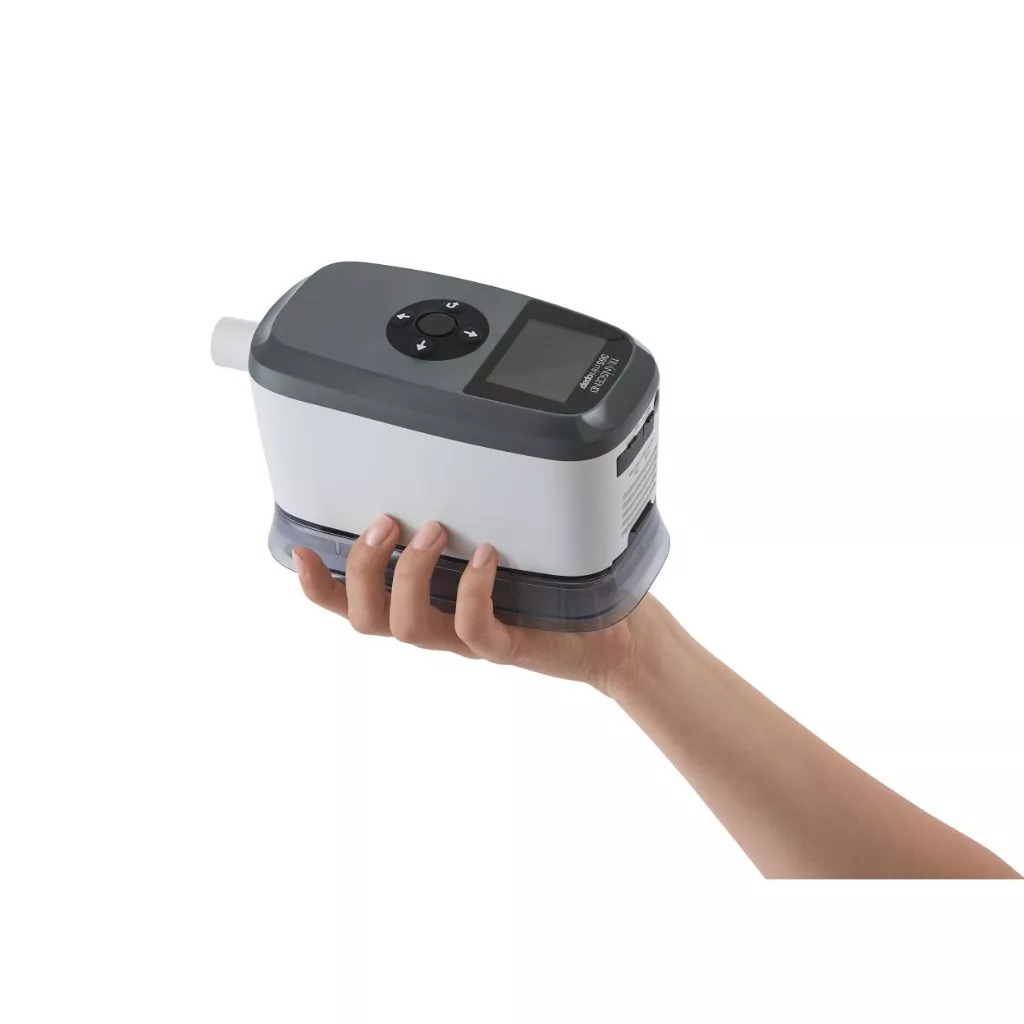Continuous positive airway pressure (CPAP) therapy helps keep airways open while you sleep by sustaining a constant flow of air, particularly if you have sleep apnea, But to fully benefit from CPAP therapy, it’s imperative to maintain clean, sanitized equipment. We will discuss the value of CPAP cleaning, the shortcomings of conventional cleaning techniques, and the ground-breaking solution offered by the Lumin CPAP Sanitizer in this blog.
Need of CPAP Cleaning
It is imperative to have a CPAP cleaning machine at home for multiple reasons. Frequent cleaning aids in preventing the growth of mould, germs, and other dangerous microbes within the CPAPA accessories, like tubing, CPAP masks, etc. Respiratory problems, infections, and a reduction in therapeutic efficacy could result from neglecting to maintain the cleanliness of the CPAP components. Thus, investing in a dependable CPAP cleaner is a prudent move to guarantee a clean and healthy experience with sleep apnea therapy.
Limitations of Traditional Cleaning Techniques:
CPAP users have always depended on time-consuming procedures like cleaning their apparatus in soapy water. This method not only wastes time but also runs the danger of not drying and cleaning the area completely. Due to the inconvenience of these procedures, people frequently overlook the cleaning process entirely, which could be harmful to their health.
Lumin CPAP Sanitiser: A Better Solution
In the area of CPAP cleaning, the Lumin CPAP Sanitizer has shown to be revolutionary. It is the go-to option for consumers looking for a practical and efficient solution because of its cutting-edge technology and user-friendly design, which solve the drawbacks of conventional cleaning techniques.
Popularity has grown for the Lumin multi purpose sanitizer as a dependable way to clean CPAP masks, humidifier chambers, and hoses. The following are five unique advantages of employing the Lumin sanitizer for these purposes:
Easy One-Touch Operation:
The Lumin sanitizer’s one-touch operation is part of its user-friendly design. Because of its simplicity, cleaning is easy and quick. The sanitizer’s tray can hold CPAP hoses, humidifier chambers, and masks. Users can then start the one-touch, five-minute sanitization cycle and take pleasure in how simple it is to keep their CPAP setup clean. Regular cleaning is encouraged by this feature, which supports a more healthful sleep therapy regimen.
Comprehensive Sanitization:
The Lumin multifunctional sanitizer’s capacity to offer comprehensive sanitization is one of its most notable features. The sanitizer targets and destroys bacteria, viruses, and other dangerous organisms on CPAP hoses, humidifier chambers, and masks using strong UV-C radiation. This guarantees a complete and efficient cleaning procedure, lowering the possibility of respiratory problems and illnesses linked to dirty CPAP equipment.
No Ozone
Lumin CPAP Cleaner and Sanitiser doesn’t use ozone that’s harmful for people with respiratory conditions and it’s also not good for the environment. Lumin can safely clean and sanitise CPAP accessories but the UV Light. Besides CPAP accessories, it is also beneficial for sanitising your electronics, phone, and even kids toys and dummies.
No Chemical Residue or Odors:
The Lumin sanitizer uses UV-C light to disinfect CPAP equipment, as opposed to certain conventional cleaning techniques that employ chemical solutions. This guarantees a clean and odor-free CPAP experience because there are no chemical residues left behind. Users don’t have to worry about breathing in or coming into contact with harmful substances when using sanitized equipment.
Time-saving and Versatile:
The Lumin multi purpose sanitizer saves time because it may be used to clean multiple CPAP components at once. Users can either put hoses, mask, or headgear in the tray for proper cleaning. This adaptability facilitates a sanitary sleeping environment by saving users time and motivating them to regularly clean all necessary parts of their CPAP system.
Safe for Sensitive Components:
Certain cleaning solutions may cause damage to the sensitive materials found in CPAP hoses, humidifier chambers, and masks. By using UV-C light, the Lumin sanitizer effectively sanitizes these components without being harsh on them. This guarantees that the CPAP equipment’s integrity and performance are preserved throughout time, extending its lifespan and lowering the need for premature replacements.
UV-C Technology for Better Disinfection:
UV-C light technology, which is well-known for having strong disinfecting effects, is used in the Lumin multipurpose sanitizer to provide enhanced disinfection. UV-C light works well in destroying the DNA of viruses, bacteria, and other pathogens, stopping them from proliferating. With the high degree of disinfection this cutting-edge technology offers, users can feel secure in the hygienic and secure nature of their CPAP equipment.
Conclusion:
The cleanliness of a CPAP machine is of utmost importance for effective sleep apnea therapy, as well as your overall health. Instead of traditional time-consuming cleaning techniques, go for a Lumin sanitizing machine for home that eradicates bacteria and germs from your CPAP accessories within 5 minutes. With its one-touch sanitization feature, you can keep your CPAP accessories clean and safe to use. Hence, your overall breathing experience will improve every night. So, if you don’t want to jeopardize your respiratory health or sleep quality, go for this handy CPAP cleaner for effective hygiene. Bring this CPAP sanitizing machine to your home for a restful night’s sleep while keeping germs/bacteria at bay. Find more information on the official website.

